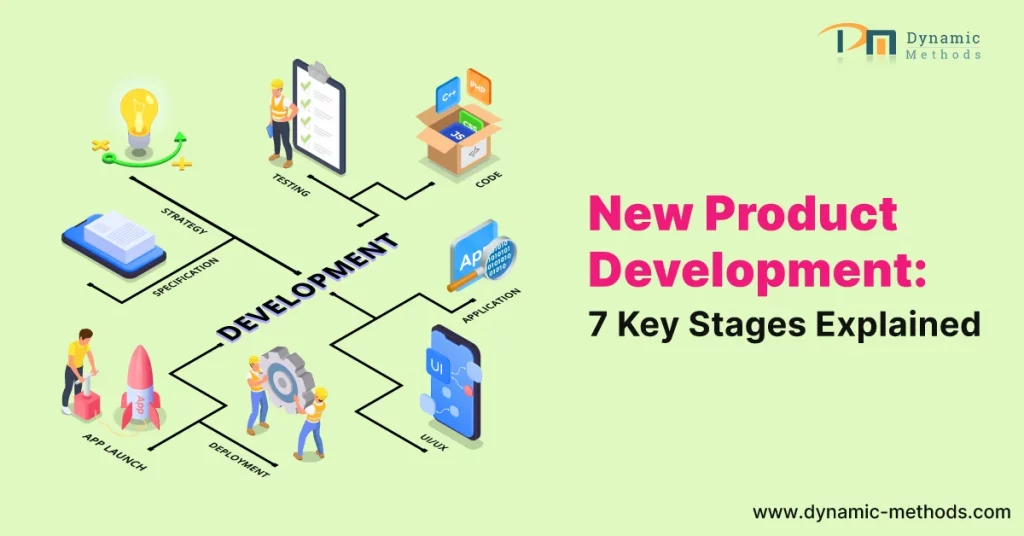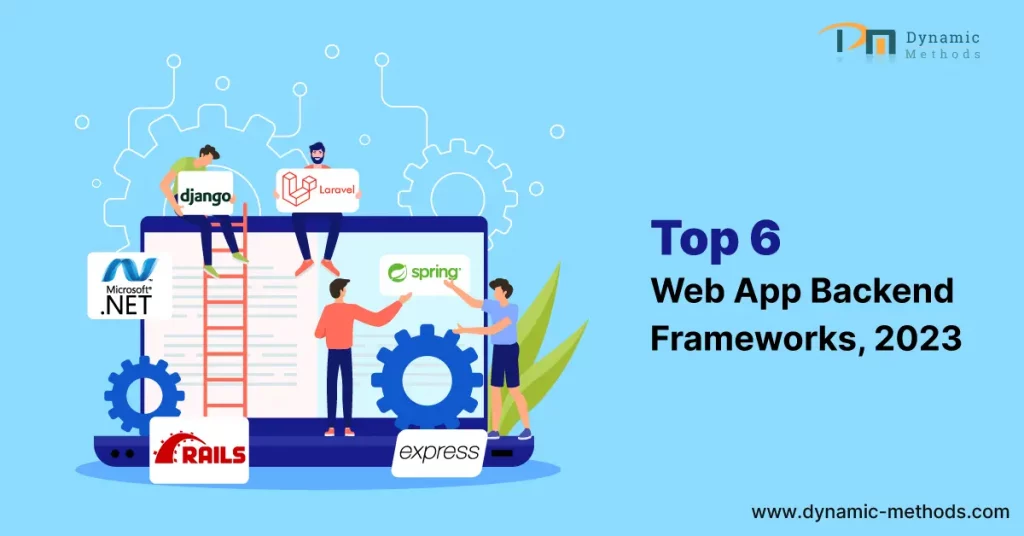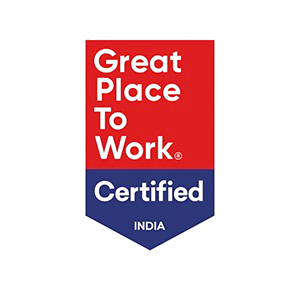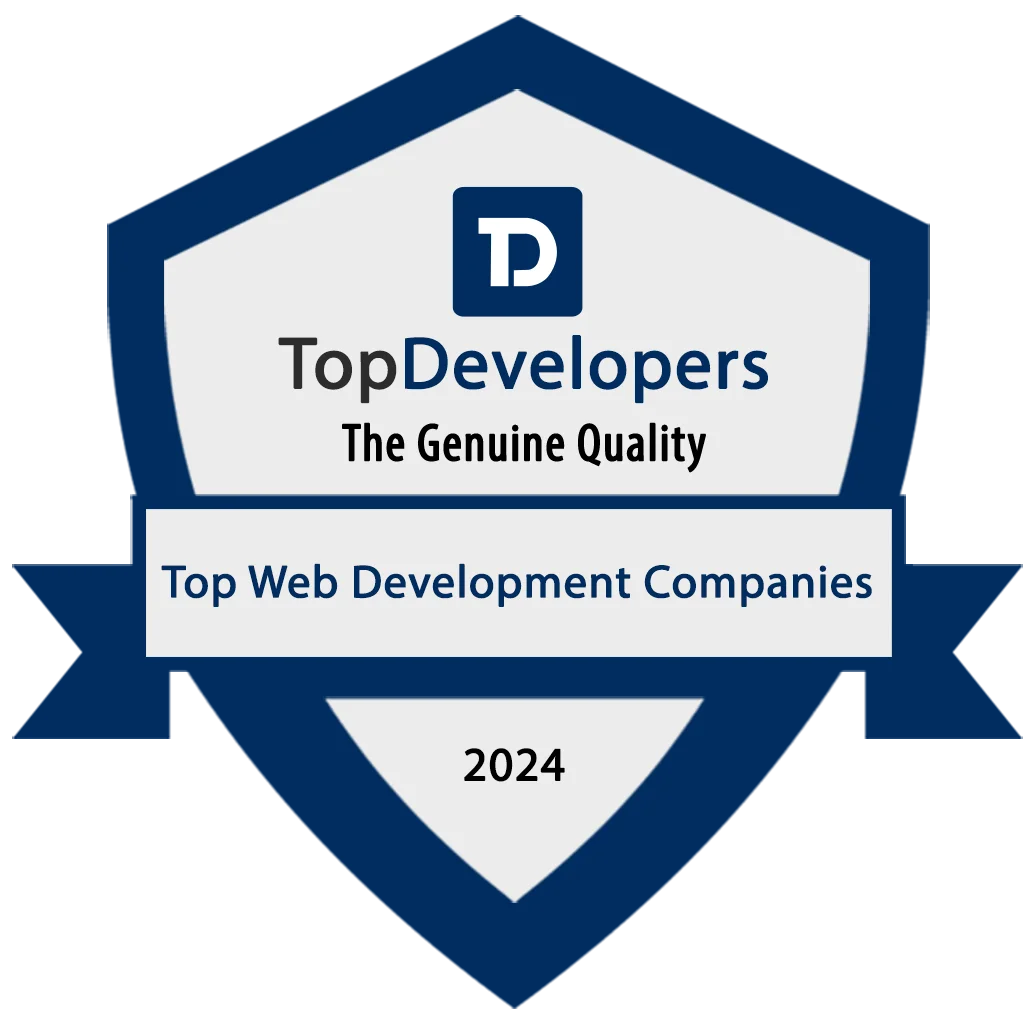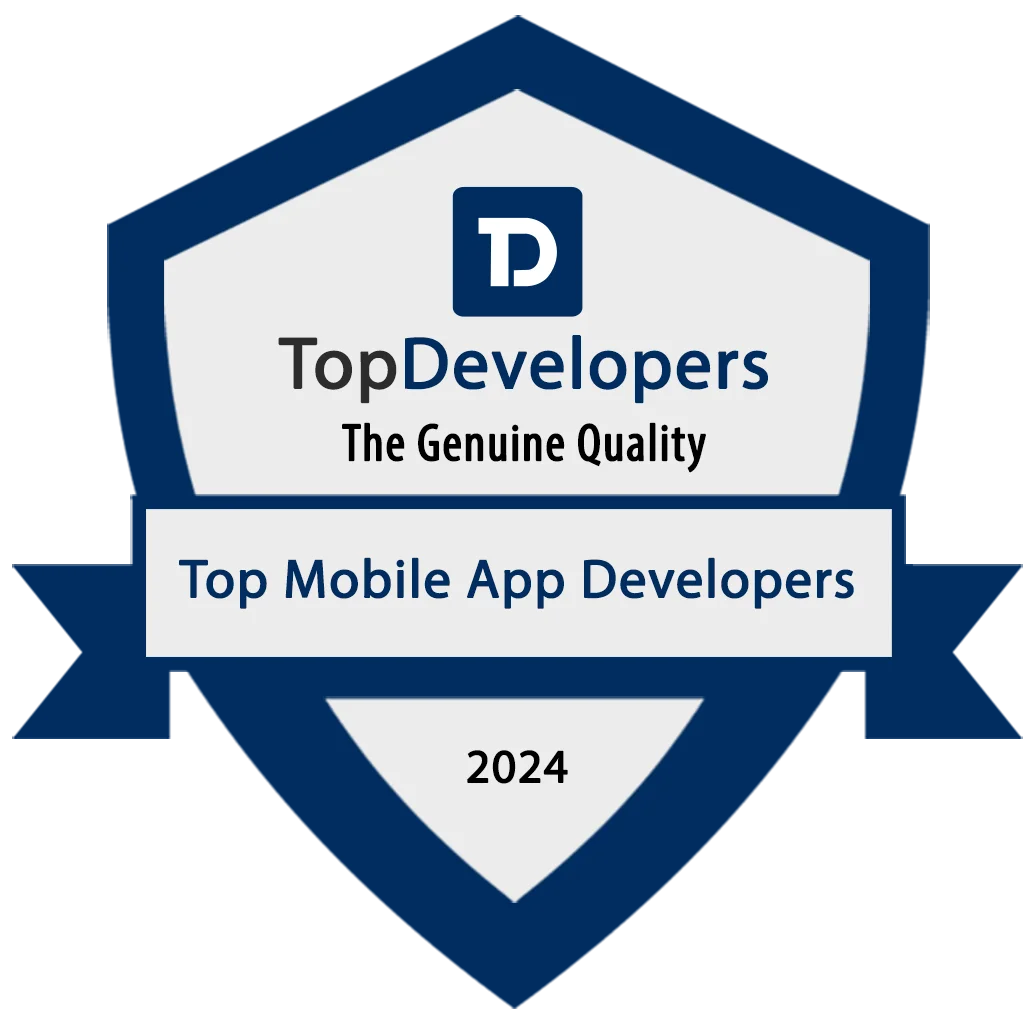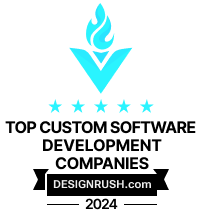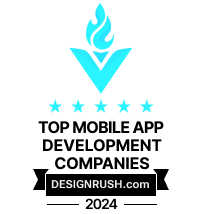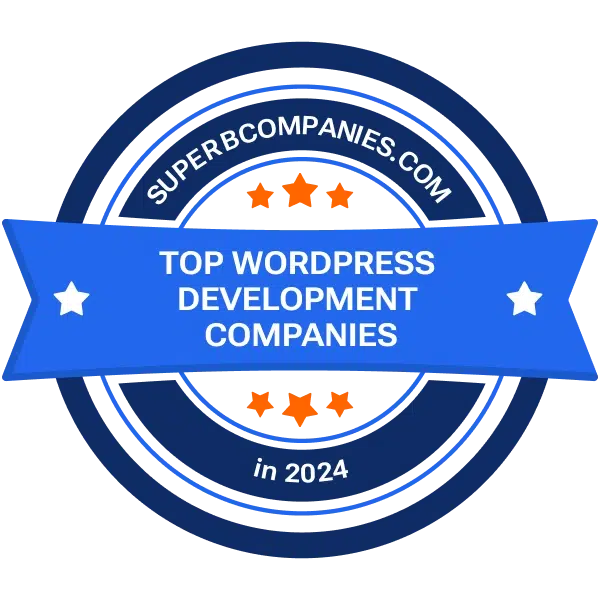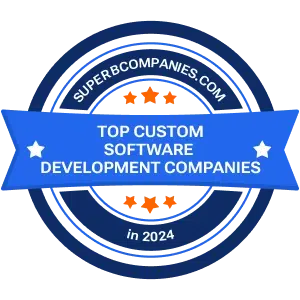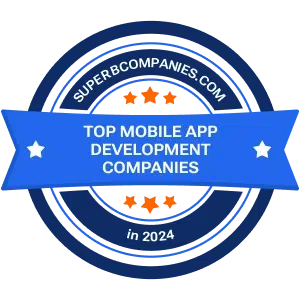Top 10 Advantages of Custom Software Development in 2025

Custom software development has emerged to be one of the foundation implements a business requires to survive in the rapidly growing digital environment. However, custom software can be designed according to the functional requirements of a custom software development company. In contrast, packaged software cannot be customized to overcome a few problems in your organization.
Below are the leading benefits of custom software development for your business, expounding on why it makes perfect sense to get it.
The 10 Advantages of Custom Software Development
1. Tailored Solutions for Specific Needs
Custom software is a kind of software that is developed especially for the specified activities of an organization to enhance control and productivity. Unlike generic software tools that distort your operations slightly, it complements your processes and accelerates output without requiring you to change your ways. Not only does it grow with the business but it also ensures to deliver the growth needs effectively and efficiently.
2. Enhanced Scalability
Custom software is especially- advantageous for businesses that begin as small companies and then gradually grow in size. It can grow as the business evolves because it can cater to increasing traffic in workloads and fundamentally new features. This relieves it from issues of performance common in LLS packages hence efficiency is experienced. Custom software services are built with growth in mind usually ensuring that they are plug-and-play for future scalability.
3. Improved Integration
Sometimes, organizations apply multiple programs for multiple processes. Evil apps are malicious programs that are loaded into a system to corrupt or compromise other programs. Conducting work with customization means that the program easily adapts to the existing system, minimizing the redundancy of information flows and enhancing its efficiency in decision-making. It also promotes process automation and reduces the number of paperwork required within the process.
In conclusion, with custom software development, the effectiveness of the business processes improves, and work information and updates are received instantly in the organization.
4. Increased Security
It is especially important to safeguard your company from external and internal risks today as the probability of cyber threats appears to multiply. As a unique and tailored custom software development solution for a business, custom software poses less of a risk as it has many layers of security inherent in it that are not susceptible to the common and popular exploits found in off-the-shelf software.
Security measures like encryption, MFA, HTTPS & security audits from time to time to check the robustness of the security & related policies meet most industries’ standard policies.
5. Competitive Advantage
When one gets their software developed, they get unique tailored software solutions to their business needs, thus making the business more competitive. It provides several avenues not found in commercial products, ensuring customers obtain the best results in terms of services and experiences.
Such differentiation enables the company to attract more of his/her customers as well as help to gain more revenues. Maintenance of changed requirements is straightforward, allowing a business with custom software to outcompete other businesses that use store-bought software.
6. Cost Efficiency in the Long Run
Drawing a line between unique and specific software and packages that can be sourced and acquired directly is important, even when bespoke software solutions might be more expensive than the other type to develop. This is because custom software avoids regular licensing costs that are incurred with other software products and it automates business functions that otherwise might have to be fulfilled by third parties.
This way over time it avoids activities that may have been worked around as it provides the benefit of economic realization by standardizing, streamlining, and creating adaptability within the processes.
7. Better Support and Maintenance
It lies halfway between developing a custom software solution from the ground up and outsourcing, with the benefit of a dedicated development team. This implies that there is direct support where problems are solved right on time and this helps in negating any inconveniences that may arise on the business.
The last advantage is the modus operandum in a change of external circumstances: the development of individual programs leaves for amendments, providing effective work and interactions with market and technology shifts. In particular, with individuals, the caregivers focus on your situation, so they can provide an immediate response to any issues that may have arisen.
8. Enhanced Flexibility and Control
Custom software has Room for adjustments where the lack or excess impedes packaged software where changes are cumbersome since they require a change in system requisites. This means that the system has to be flexible enough to address these bits and pieces of change in the organization as it continues to function in a changing environment.
In this context, the speaker is providing full control over the development and budget fully aligned with the adoption of strategic plans and, free from any interference, possesses the capacity for a swift reaction to any market shifts. When implemented within your organization’s setting, bespoke software enables a data-driven approach toward building a sustainable tomorrow that can adapt to change quickly.
9. Personalized User Experience
Custom application development works more towards the specific requirements of the users and therefore the interface experience of the users is much more refined.
This kind of personalization can greatly improve satisfaction levels, productivity levels, and usage ratio compared to conventional methods. Per ascertaining the various needs and preferences of users, customization enhances morale, productivity, satisfaction, and loyalty levels to custom software. In addition to that, feedback leads to more significant enhancements in the aspects of usability and engagement
10. Future-Proofing Your Business
Outsourced software development guarantees the future-oriented business solutions needed to thrive–also vital for long-term success. It allows the deployment of more optimal solutions that incorporate emerging technologies like artificial intelligence, machine learning, and big data analytics. It works to better position those industries to lead a wave of progressive change and be ready for whatever the market brings with imaginative IT services.
Conclusion
Invest in our custom software development for numerous benefits to your business: More control, less risk, effectiveness, cost-effectiveness, and more value – these are the slogans applied to the implementation of successful performance.
The approaches tailored to a particular client is always more flexible and creative in comparison with standard ready-for-implementation models, which are vital in a highly competitive and continuously developing environment.
Get the solution that would guarantee your company’s success and future positioning with the needed flexibility. Get ready for a trip towards innovative due diligence and strategies that are going to shape your organization’s future and opportunities.
Custom software creates the business sustainability instrument, empowering organizations for the development and digitization in the contemporary world.
Dynamic Methods is a reputable software development company that offers solid and scalable custom software development services to clients worldwide. If you have any questions or need assistance with the services, please contact us.
Top 10 Advantages of Custom Software Development in 2025 Read More »
